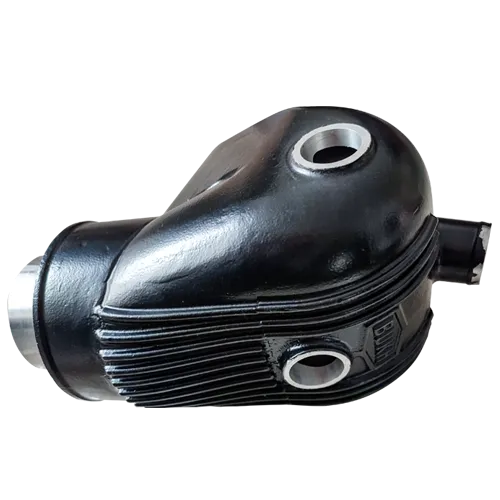Mobile:+86-311-808-126-83
Email:info@ydcastings.com
Understanding the Current Market Trends for Brass Impeller Pricing and Competitive Analysis
The Trends and Factors Influencing Brass Impeller Prices
Brass impellers play a crucial role in various industries, especially in pumping and fluid dynamics applications. They are essential components in centrifugal pumps, water treatment systems, and HVAC systems, providing efficient fluid movement. The pricing of brass impellers fluctuates due to several factors, which are essential to understand for manufacturers, engineers, and procurement professionals alike.
Material Costs and Supply Chain Dynamics
One of the primary determinants of brass impeller prices is the cost of raw materials. Brass, an alloy primarily composed of copper and zinc, is subject to market fluctuations based on the prices of these base metals. Recently, global disruptions due to geopolitical tensions, COVID-19 pandemic impacts, and changing trade policies have resulted in volatility in metal prices. Copper prices, for instance, have seen significant increases in recent years due to higher demand in sectors like electric vehicles and renewable energy technologies. Such fluctuations directly influence the cost of producing brass impellers.
In addition to raw material costs, supply chain dynamics also play a significant role. The manufacturing process involves numerous steps, including casting, machining, and finishing. Each of these steps can be impacted by labor costs, logistics, and availability of specialized manufacturing equipment. Disruptions in supply chains, whether due to natural disasters, strikes, or transportation issues, can lead to delays and increased costs, which are subsequently reflected in the pricing of brass impellers.
Technological Advancements and Competitive Landscape
The introduction of advanced manufacturing technologies, such as 3D printing and CNC machining, has influenced brass impeller prices in significant ways. While these technologies can lead to cost savings and efficiencies, they also often require substantial initial investments. Companies that adopt these technologies can produce higher-quality impellers with intricate designs, which can justify a higher price point. As competition grows, manufacturers may adjust their prices to remain attractive while balancing innovation and cost-effectiveness.
brass impeller price

Moreover, the competitive landscape is continually evolving, with new entrants emerging and established players enhancing their offerings. Manufacturers may engage in price wars to capture market share, thereby impacting overall pricing trends in the industry. The balance between maintaining quality and pricing competitively is a constant challenge for companies involved in brass impeller production.
Market Demand and Seasonal Variations
Market demand also heavily influences brass impeller prices. Industries that utilize brass impellers, such as construction, agriculture, and automotive, experience cyclical demand patterns. For instance, during peak construction seasons, the demand for pumps, and consequently, brass impellers, tends to rise. This spike can lead to increased prices due to heightened competition for available manufacturing capacity and materials.
Additionally, seasonal variations can contribute to fluctuations in pricing. Manufacturers may adjust their operations based on seasonal demand, leading to variations in supply that can further influence pricing structures. For example, a surge in demand during hot weather months for cooling systems can spur temporary price increases.
Conclusion
In summary, the pricing of brass impellers is influenced by multiple interconnected factors, including raw material costs, supply chain dynamics, technological advancements, market competition, and seasonal demand patterns. Understanding these factors is essential for stakeholders in the industry, as they navigate the complex landscape of pricing and procurement. By staying informed about market trends and developments, businesses can make strategic decisions that help manage costs and maintain competitiveness in an ever-evolving marketplace.
-
Why Should You Invest in Superior Pump Castings for Your Equipment?NewsJun.09,2025
-
Unlock Performance Potential with Stainless Impellers and Aluminum End CapsNewsJun.09,2025
-
Revolutionize Your Machinery with Superior Cast Iron and Aluminum ComponentsNewsJun.09,2025
-
Revolutionize Fluid Dynamics with Premium Pump ComponentsNewsJun.09,2025
-
Optimizing Industrial Systems with Essential Valve ComponentsNewsJun.09,2025
-
Elevate Grid Efficiency with High-Precision Power CastingsNewsJun.09,2025











